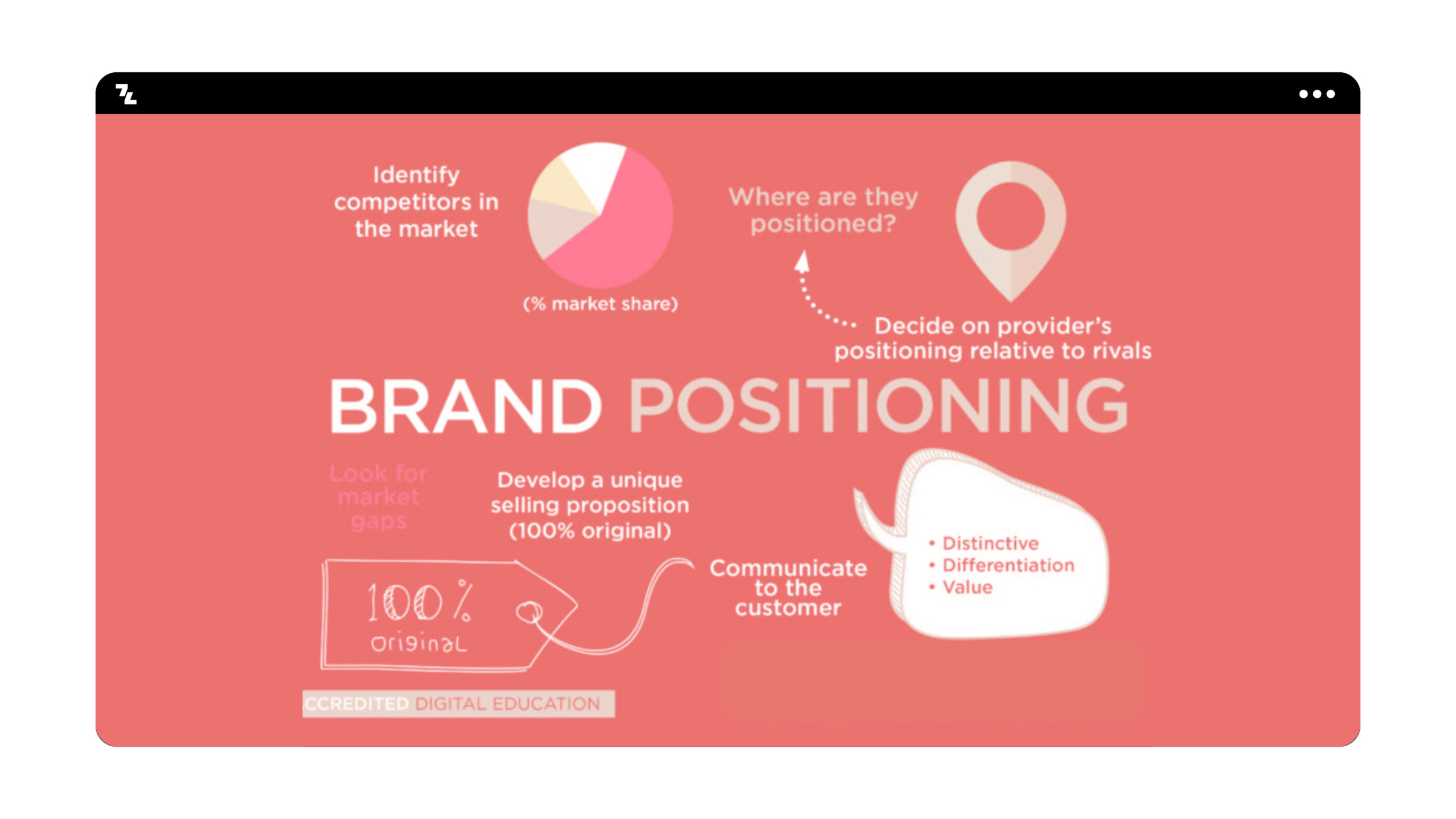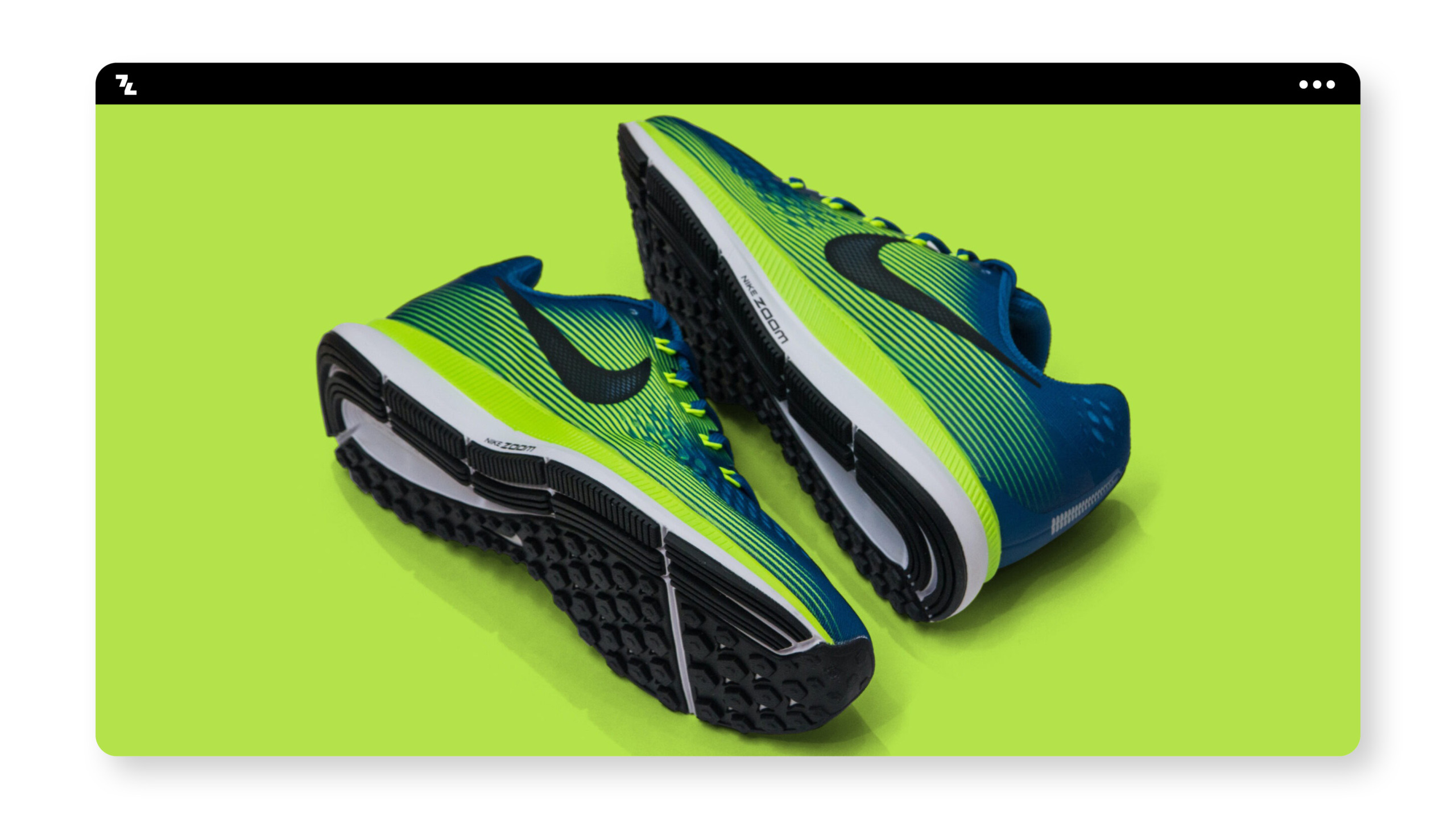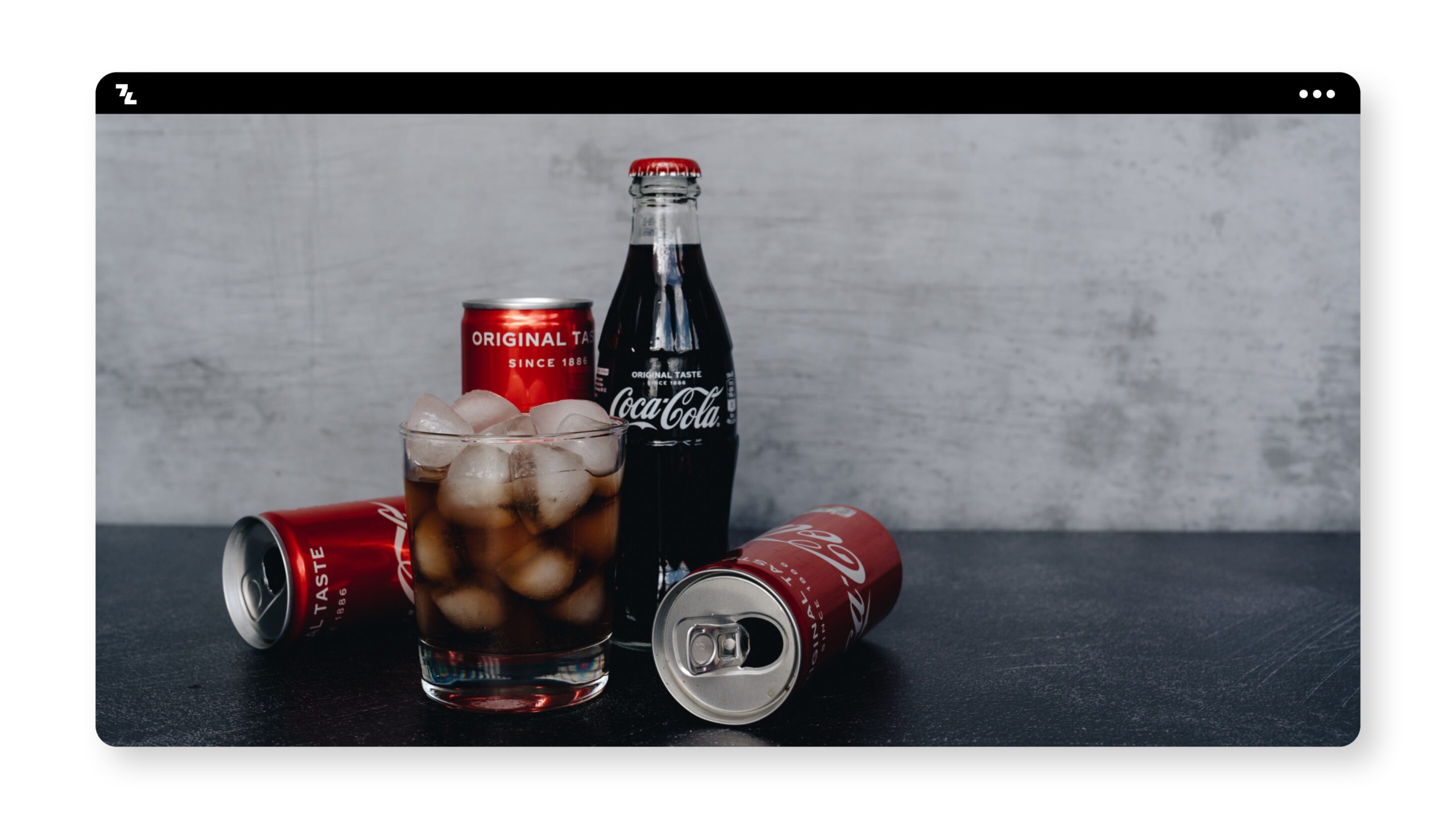Picture this: You are preparing to launch your new product. You’ve probably spent countless hours, days, weeks, months, or even years figuring out what makes the product different from the competition and developing your brand identity.
But how can you make sure your marketing efforts are aligned with the brand?
Positioning.
Your positioning influences all aspects of your branding and how your market sees you – it influences everything your company presents and communicates to your target audience about your product and brand. Your internal teams also benefit greatly from effective positioning – it helps salespeople, marketers, and service and support teams create an engaging and on-brand customer experience.
When customers visit your company website, see an ad, or access your Twitter page, each piece of content should clearly communicate the company’s core values and brand.
Definition
A positioning statement is a brief description of a product or service and the target market and how the product or service meets a specific need of the target market. It is to be used as an internal tool to align marketing efforts with the brand and value proposition.
Positioning statements are used to describe how your product or service satisfies a need of your target market or persona. They are a must for any positioning strategy because they create a clear vision for your brand.
Purpose
The positioning statement conveys the value proposition to the brand’s ideal customers. It also frames the brand’s identity, purpose and differentiators in the context of the buyer’s experience.
To formulate your positioning statement, you need to be clear about these aspects of your business:
- Who you serve
- What you offer them
- How you offer it
- Why you do what you do
- How this differs from what already exists
You are currently viewing a placeholder content from YouTube. To access the actual content, click the button below. Please note that doing so will share data with third-party providers.
More InformationAnatomy
As mentioned earlier in this article, if you want to create your positioning statement, you must first have a good understanding of your positioning as a whole. This includes defining the following core elements:
- Target market
- Market category
- Customer needs
- Brand promise
- Brand identity and values
- Mission Statement
- Target Audience – Your target audience is the “who” aspect of your positioning. Simply put, it’s the group of consumers you want to target with your product or service.
They say that “the wealth is in the niches,” which boils down to the idea that even though anyone can use your product or service, you should still target specific buyers to maintain integrity and differentiation within your brand.
One of the best ways to define a solid target audience is to create a buyer persona – also known as your ideal customer.
Product positioning
Product positioning should start with the benefits of the product, not its features. A smart way to do this is to imagine your customer’s life before and after using your solution. Then tell the story of what happens to him when he makes that decision – that’s the benefit you include in your product positioning.
Market category
A market is composed of buyers and sellers. A category defines a particular segment of that market. Market categories can be as broad as “grocery store” and as niche as “vegetarian health food store.” Market categories typically start broad and become more niche as the companies occupying that market expand their product and service offerings to consumers in the market.
Whether your market category is developed or you are part of an emerging or niche market, you need to define who the buyers are in that area, where they are looking for goods and services, and who currently has their attention. You need to define what your competition is offering and how you can differentiate your brand from those competitors.
Customer needs
Customer pain points are the problems or issues your target audience has that could be solved with products or services available in your market category. Your product or service should aim to address customer pain points and provide a solution.
Brand promise
Your brand promise is ultimately what the target audience or buyer persona stands to gain from using your product or service; it is what success means to them when their pain or problem is solved.
Brand identity
Brand identity is the personality of your company and includes both visible (e.g. logo design) and invisible factors (e.g. values or voice). Brand identity is an aspect of strategic market positioning that sets you apart from your competitors and helps you be recognized by your target audience.
Values
Values dictate how your company makes decisions within the context of your brand. You create the culture of your company and leave a positive impression on your target audience. They are the intangible methods you use to achieve your mission and vision.
Mission
Your mission is the “why you do it” aspect of your brand. It includes your organization’s goals, objective and approach.
Once you have a solid understanding of your target market, brand identity, and positioning, you can begin crafting the positioning statement.

Instruction
Before you start writing your positioning statement, make sure you have developed your company’s value proposition. You should identify your target audience and their problems before describing how your product or service can be the best solution to those challenges.
What is the promise your brand makes to customers? And how will your company deliver on that promise? This is the right time to identify the aspects of your product or service that are the key differentiators from the competition.
Once you have a clear idea of the value your offering provides, it’s time to create the positioning statement.
Keep the following tips in mind when writing and evaluating your positioning statement:
1. create a vision board
Positioning statements are written documents. Because they don’t include images, videos, or other visuals, it can be a challenge to convey what your company is, who it serves, and why that’s important in just a few sentences.
To get around the initial blank page syndrome, create a vision board instead. This works because researchers at Columbia University found in a recent study that emotional responses are linked to the visual properties of an image. To capitalize on this response, look for images that depict your customer in the environment where they need your product or service the most. Pay attention to the emotions in the images, the people surrounding your ideal customer in the image, and what they are doing in the image to solve the problem.
Creating a vision board that represents your target audience when they need your product the most can help you bring your positioning statement to life.
2. make it short
Your brand’s positioning statement should be concise and to the point. Try to write no more than three to five sentences, if possible.
3. make it unique and memorable
This statement should be unique to your business and the problems you are trying to solve. When formulating your positioning statement, be sure to highlight your brand’s distinctive attributes.
4. stay true to the core values of your company
The positioning statement is not the time to get fancy and take a fresh look at the company. Your brand’s positioning statement should accurately reflect your company’s core values.
5. indicate what the brand offers to consumers
Who does your company serve? How does your company serve this group? In your positioning statement, succinctly state who your customer is and how you will help them.
6. distinguish your company from the competition
An effective positioning statement should articulate what differentiates a brand from the competition. Highlight the unique qualities of your business and how those qualities help you help your customers.
7. keep it simple
In almost any situation, your team should be able to align key business decisions with your brand’s positioning statement because it is simple and easy to understand.
8. consult a colleague
Once you’ve written your positioning statement, your eyes may be deceiving you. After spending several hours perfecting each word, you’ll think what you’ve written is wonderful, when in fact it’s full of jargon, acronyms, and features that aren’t clear to anyone outside your organization. Just because positioning statements are not intended for public consumption does not mean they should not be easy to understand. Investors, new employees, and outside agencies that work closely with your company must also use this document.
To jargon-proof your positioning statement, have a colleague who is unfamiliar with your company review it and provide feedback. He will make meaningful observations that you may have overlooked.
Template
Below is a template you can use to formulate your positioning statement.
For
[Ihren Zielmarkt]
, the
[Zielmarktbedürfnis]
, offers
[Ihr Markenname]
[key benefit that differentiates your offering from that of competitors] because [reason why the target market should believe your differentiation statement].
Examples
Below are a few examples of positioning statements from strongly established brands. These can be used as inspiration for creating your own positioning.
Nike
“At Nike, we’re committed to creating a better, more sustainable future for our people, planet, and communities through the power of sport.”

Apple
“Apple revolutionized personal technology with the introduction of the Macintosh in 1984. Today, Apple leads the world in innovation with iPhone, iPad, Mac, Apple Watch, and Apple TV. Apple’s five software platforms – iOS, iPadOS, macOS, watchOS, and tvOS – provide seamless experiences across all Apple devices and empower people with breakthrough services including the App Store, Apple Music, Apple Pay, and iCloud. Apple’s more than 100,000 employees are dedicated to making the best products on earth, and to leaving the world better than we found it.”
Coca Cola
For individuals looking for high-quality beverages, Coca-Cola offers a wide range of the most refreshing options – each creating a positive experience for customers when they enjoy a Coca-Cola brand drink. Unlike other beverage options, Coca-Cola products inspire happiness and make a positive difference in customers’ lives, and the brand is intensely focused on the needs of consumers and customers.

Slack
“Slack is the collaboration hub that brings the right people, information, and tools together to get work done. From Fortune 100 companies to corner markets, millions of people around the world use Slack to connect their teams, unify their systems, and drive their business forward.”
Volvo
Volvo is a car brand with a wide range of customers. Their cars drive like any other vehicle and, generally last a long time – but what Volvo is known for is “keeping your family safe.” Their core target audience is parents, they build products for families, and their unique point of difference is safety. Even though they do other things well, they want to own and claim the market position of safety.

Summary
The positioning statement is a central element of a successful brand strategy. In concrete terms, this involves formulating the most important aspects in terms of the brand’s offering, target group and USP in a single sentence. Positioning statements are usually developed for internal purposes and are rarely used on advertising posters or other outward-facing marketing media.





